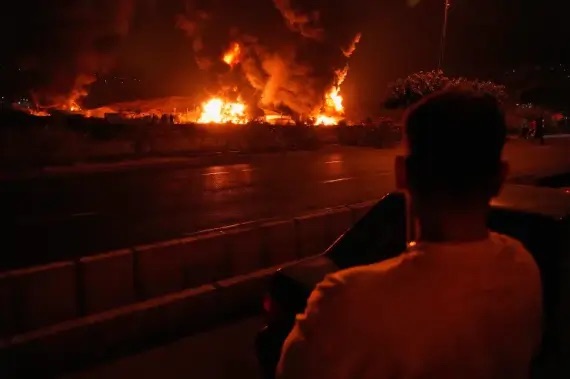Overview of the Escalation Israel‑Iran Clash: Rising Regional Tensions
Since June 13, Israel has launched Operation Rising Lion, striking multiple Iranian targets—including nuclear sites at Natanz, missile infrastructure, and senior IRGC officials—which has triggered a fierce response from Iran via ballistic missiles and drones .
Human Cost and Regional Fallout
Iranian officials report over 220 dead and 1,000+ injured from Israeli strikes; Iran’s counter‑attacks have killed 20+ Israelis and caused extensive property damage . Pakistan, alarmed by cross-border risks and instability, has closed five border crossings and seen over 500 nationals return safely .
Military Tactics and Capabilities
Iran’s Missile Arsenal: With the region’s largest stockpile of ballistic missiles, Iran could sustain retaliatory strikes for weeks . Israel’s Aerial Dominance: Israel’s air force and Iron Dome provide superior defensive coverage, helped by U.S. support .
International Implications
U.S. Engagement
The U.S. has reinforced its regional presence and declared “complete control of skies over Iran,” even as Iranian cities endure repeated barrages .
Economic & Civilian Impact
Global markets have reacted—oil prices have climbed and stocks stumbled. Meanwhile, civilian infrastructure has been caught in the crossfire: hospitals and state TV facilities in Iran as well as residential areas in Israel .
What Comes Next?
Widening conflict: Iran-backed groups such as Hezbollah may yet enter the fray . Diplomatic pressure: Leaders, including the U.S., are pushing to prevent broader war, but both Israel and Iran’ve signaled no ceasefire in sight.

